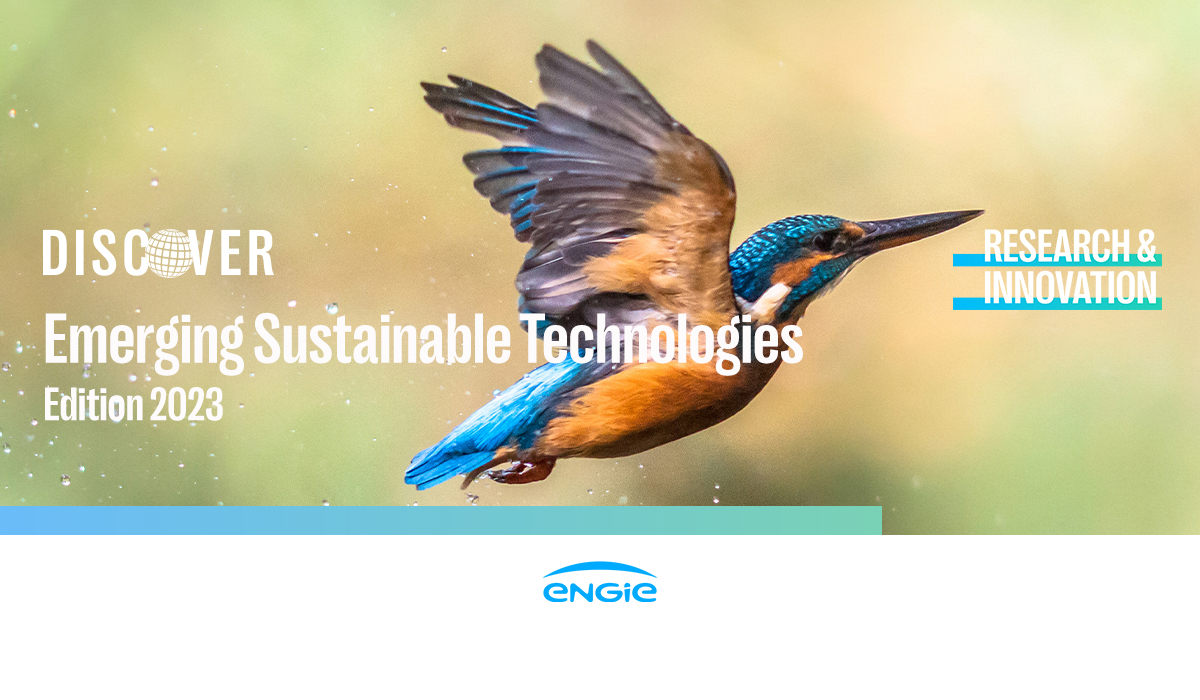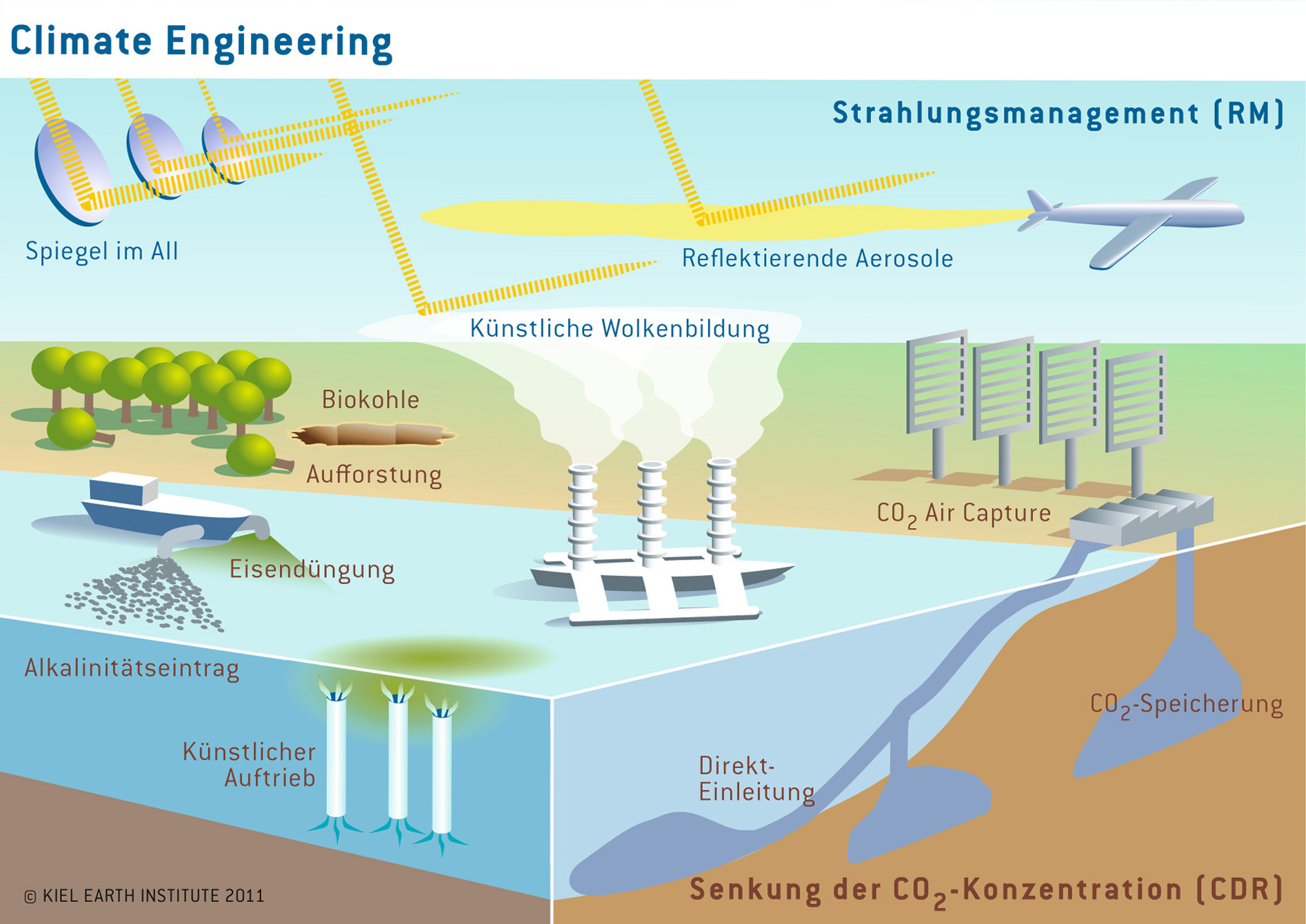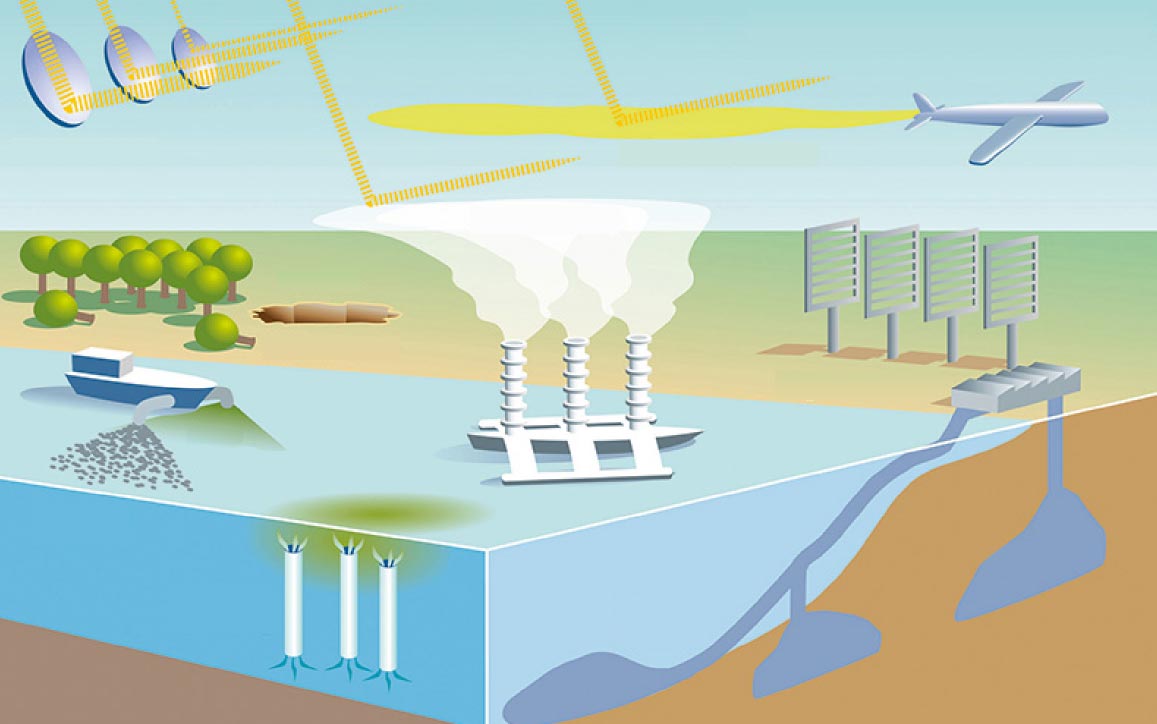Climate engineering involves deliberate interventions in the Earth’s climate system to combat global warming. It includes methods like solar radiation management and carbon dioxide removal.
Climate engineering, also known as geoengineering, aims to mitigate climate change effects. Solar radiation management (SRM) reflects sunlight to cool the Earth. Techniques include stratospheric aerosol injection and marine cloud brightening. Carbon dioxide removal (CDR) targets atmospheric CO2 reduction. Methods encompass afforestation, bioenergy with carbon capture and storage (BECCS), and direct air capture.
SRM offers immediate temperature reduction but poses risks and uncertainties. CDR provides long-term benefits but requires significant time and resources. Balancing these approaches is crucial for effective climate management. Climate engineering should complement, not replace, emission reduction efforts.
Introduction To Climate Engineering
The science of Climate Engineering is evolving rapidly. This field offers innovative solutions to combat climate change. Scientists are exploring methods to cool the planet and reduce greenhouse gases.
What Is Climate Engineering?
Climate Engineering, also known as geoengineering, involves deliberate interventions. These actions aim to alter Earth’s climate systems. There are two main categories:
- Solar Radiation Management (SRM): Reflects sunlight back into space.
- Carbon Dioxide Removal (CDR): Extracts CO2 from the atmosphere.
SRM techniques include cloud seeding and space mirrors. CDR methods involve planting trees and using machines.
Historical Background
Climate engineering is not a new concept. In the 1960s, scientists proposed ideas to cool the Earth. They suggested spreading reflective particles in the atmosphere. This concept evolved over time.
In the 1990s, more research was conducted. Scientists began to focus on removing CO2 from the air. This led to the development of various CDR techniques. Today, climate engineering is a hot topic in environmental science.
| Year | Event |
|---|---|
| 1960s | Initial proposals for reflective particles |
| 1990s | Focus shifts to CO2 removal |
| 2020s | Advanced research and implementation |
Climate engineering is a promising yet controversial field. Understanding its history helps us grasp its potential and challenges.
Types Of Climate Engineering
Climate engineering aims to tackle climate change in two main ways. Scientists use Solar Radiation Management (SRM) and Carbon Dioxide Removal (CDR) to help our planet. Each method has its own techniques and goals. Let’s explore these types in more detail.
Solar Radiation Management
Solar Radiation Management seeks to reflect sunlight away from Earth. This helps cool our planet. Below are some common SRM techniques:
- Stratospheric Aerosol Injection: Small particles are sprayed into the stratosphere. They reflect sunlight back into space.
- Marine Cloud Brightening: Ships spray sea water into the air. This makes clouds whiter and more reflective.
- Space Reflectors: Large mirrors are placed in space. They redirect sunlight away from Earth.
These methods do not reduce greenhouse gases. They only manage the sunlight reaching Earth.
Carbon Dioxide Removal
Carbon Dioxide Removal focuses on reducing CO2 levels in the atmosphere. There are several techniques for this:
- Afforestation and Reforestation: Planting trees absorbs CO2. More trees mean less CO2 in the air.
- Bioenergy with Carbon Capture and Storage (BECCS): Plants absorb CO2 as they grow. When burned for energy, CO2 is captured and stored.
- Direct Air Capture: Machines pull CO2 directly from the air. The CO2 is then stored underground.
- Ocean Fertilization: Adding nutrients to oceans helps algae grow. Algae absorbs CO2 as they grow.
These methods aim to reduce greenhouse gases directly. They help slow global warming.
Solar Radiation Management Techniques
Solar Radiation Management (SRM) aims to reflect sunlight back into space. This can help cool the Earth. SRM techniques are vital in battling climate change. Let’s explore two key methods: Stratospheric Aerosol Injection and Marine Cloud Brightening.
Stratospheric Aerosol Injection
Stratospheric Aerosol Injection (SAI) involves spraying tiny particles into the stratosphere. These particles can reflect sunlight away from Earth. This method mimics natural processes like volcanic eruptions. Scientists use sulfur dioxide for this purpose.
Here’s how SAI works:
- Aircraft or balloons release aerosols into the stratosphere.
- These aerosols form a reflective layer.
- The layer reduces the amount of sunlight reaching Earth.
| Advantages | Challenges |
|---|---|
| Quick cooling effect | Possible disruption of weather patterns |
| Cost-effective | Unknown long-term impacts |
Marine Cloud Brightening
Marine Cloud Brightening (MCB) aims to increase the reflectivity of clouds over oceans. By doing this, more sunlight bounces back into space. This method can help cool the Earth.
Here’s how MCB works:
- Ships or drones spray sea salt into the atmosphere.
- The salt particles act as cloud condensation nuclei.
- These nuclei make clouds whiter and more reflective.
Key benefits and challenges of MCB include:
- Benefits: Immediate cooling, ocean-based application.
- Challenges: Potential impacts on marine ecosystems, technical feasibility.
Carbon Dioxide Removal Methods
Climate engineering offers ways to remove carbon dioxide from the atmosphere. This helps reduce global warming. Two main methods are Bioenergy with Carbon Capture and Direct Air Capture.
Bioenergy With Carbon Capture
Bioenergy with Carbon Capture, or BECCS, combines two processes. First, plants absorb CO2 as they grow. Then, we convert these plants into energy.
The energy conversion releases CO2, which is captured and stored. This process is known as Carbon Capture and Storage (CCS). BECCS can reduce atmospheric CO2 levels.
| Step | Description |
|---|---|
| 1 | Plants absorb CO2 |
| 2 | Plants converted into energy |
| 3 | CO2 released and captured |
| 4 | CO2 stored underground |
Direct Air Capture
Direct Air Capture, or DAC, uses machines to pull CO2 from the air. These machines use fans and filters to capture CO2. The captured CO2 is then stored underground or used to make products.
DAC is a high-tech method. It can work anywhere on Earth. This makes it a flexible solution for reducing CO2 levels.
- Machines pull CO2 from air
- CO2 captured by filters
- CO2 stored or used in products
Both BECCS and DAC help fight climate change. They remove CO2 and can make a big difference.
Potential Benefits
The science of climate engineering offers a range of potential benefits. By manipulating the climate, we can address some of the most pressing environmental challenges. Below, we explore two significant benefits: mitigating global warming and protecting ecosystems.
Mitigating Global Warming
Climate engineering can help reduce global temperatures. Techniques like solar radiation management reflect sunlight back into space. This prevents excessive warming of the Earth’s surface. Another method is carbon dioxide removal. It captures CO2 from the atmosphere and stores it safely. Both methods can effectively lower temperatures.
A table summarizing these methods:
| Method | Action | Impact |
|---|---|---|
| Solar Radiation Management | Reflects sunlight | Reduces warming |
| Carbon Dioxide Removal | Captures CO2 | Lowers atmospheric CO2 |
Protecting Ecosystems
Climate engineering can safeguard various ecosystems. By reducing temperatures, we can protect coral reefs. Cooler waters prevent coral bleaching. Forests also benefit from climate engineering. Reduced temperatures decrease the risk of wildfires. Lower CO2 levels can help forests thrive.
Key points in protecting ecosystems:
- Coral reefs avoid bleaching
- Forests face fewer wildfires
- Reduced CO2 benefits plant life
In summary, the potential benefits of climate engineering are vast. By mitigating global warming and protecting ecosystems, we can create a more sustainable future.

Credit: innovation.engie.com
Risks And Challenges
Climate engineering offers potential solutions for climate change. But it comes with significant risks and challenges. These complexities need careful consideration. This section explores the ethical concerns and technical limitations of climate engineering.
Ethical Concerns
Ethical issues in climate engineering are complex. Some fear it might encourage less effort in reducing emissions. Moral hazard is a significant concern. People might rely too much on these technologies. This could lead to neglecting sustainable practices.
Another ethical issue is intergenerational equity. Future generations may face unforeseen consequences. Current decisions might burden them with problems. It’s crucial to weigh immediate benefits against long-term impacts.
Global inequality also plays a role. Wealthy nations might benefit more from climate engineering. Poorer countries could suffer unintended consequences. This imbalance raises serious ethical questions.
Technical Limitations
Climate engineering technologies face several technical challenges. Feasibility is a major issue. Many methods are still in the experimental stage. They require extensive testing and validation.
Scalability is another concern. Implementing these technologies on a global scale is challenging. It demands significant resources and infrastructure.
Unintended consequences pose a significant risk. Altering the climate system could lead to unexpected effects. These changes might be irreversible or harmful.
| Technical Challenge | Description |
|---|---|
| Feasibility | Many methods are unproven and need more research. |
| Scalability | Global implementation requires vast resources. |
| Unintended consequences | Potential for unforeseen and harmful effects. |
Addressing these technical limitations is crucial. It ensures that climate engineering methods are safe and effective.
Regulatory And Policy Considerations
Climate engineering, or geoengineering, aims to mitigate climate change effects. Proper regulation and policies are essential to ensure safety and effectiveness. This section delves into the regulatory and policy aspects of climate engineering.
International Agreements
International agreements play a crucial role in climate engineering. Countries must work together to set global standards and rules. Key agreements include the Paris Agreement and the Convention on Biological Diversity.
| Agreement | Purpose | Impact on Climate Engineering |
|---|---|---|
| Paris Agreement | Limit global warming to below 2°C | Encourages sustainable practices |
| Convention on Biological Diversity | Protect biodiversity | Regulates geoengineering activities |
These agreements ensure that climate engineering does not harm the environment.
National Policies
Each country has its own policies for climate engineering. These policies vary based on the nation’s priorities and resources. Key aspects include:
- Research and Development: Funding for new technologies
- Regulatory Framework: Rules for implementation and monitoring
- Public Engagement: Involving communities in decision-making
For example, the United States and the European Union have robust research programs. They invest in both solar radiation management and carbon dioxide removal techniques.
National policies must align with international agreements. This ensures a cohesive approach to global climate challenges.

Credit: www.geomar.de
Future Of Climate Engineering
The future of climate engineering holds significant promise. Scientists are working to find ways to cool the planet. This involves various techniques to reduce global warming. Let’s delve into ongoing research and public perception.
Ongoing Research
Researchers are exploring different methods to control the climate. These methods include:
- Solar Radiation Management (SRM): Reflecting sunlight back into space.
- Carbon Dioxide Removal (CDR): Extracting CO2 from the atmosphere.
Both methods have potential benefits and risks. Scientists conduct experiments to understand these better. They use advanced technology and computer models. Ongoing studies aim to find the most effective solutions.
| Method | Description | Potential Impact |
|---|---|---|
| SRM | Reflect sunlight | Short-term cooling |
| CDR | Remove CO2 | Long-term reduction |
Public Perception
Public perception plays a crucial role in climate engineering. People have mixed feelings about these methods. Some see them as essential to combat climate change. Others worry about the possible side effects.
Surveys show varied opinions:
- Supporters: Believe it can reduce global warming quickly.
- Opponents: Fear unintended consequences and ethical issues.
Education and transparent communication are key. Informing the public about the science and risks helps build trust. Governments and scientists must work together to address concerns.

Credit: www.amazon.com
Conclusion
Climate engineering offers a promising way to combat global warming. It involves innovative techniques to manage Earth’s climate. While promising, it requires careful consideration and regulation. As we advance, collaboration among scientists, policymakers, and the public is crucial. Understanding and responsibly implementing these technologies can help safeguard our planet’s future.

